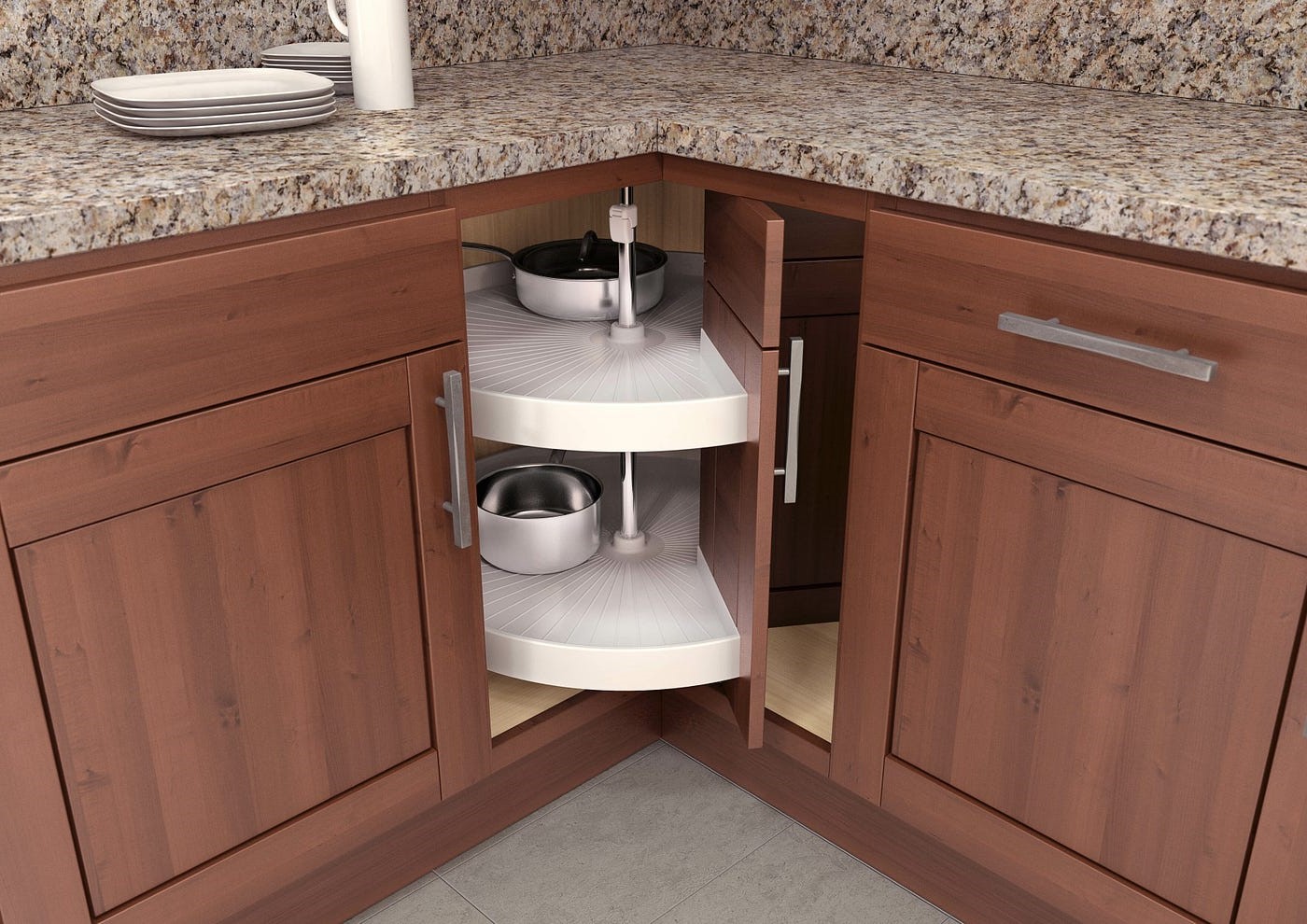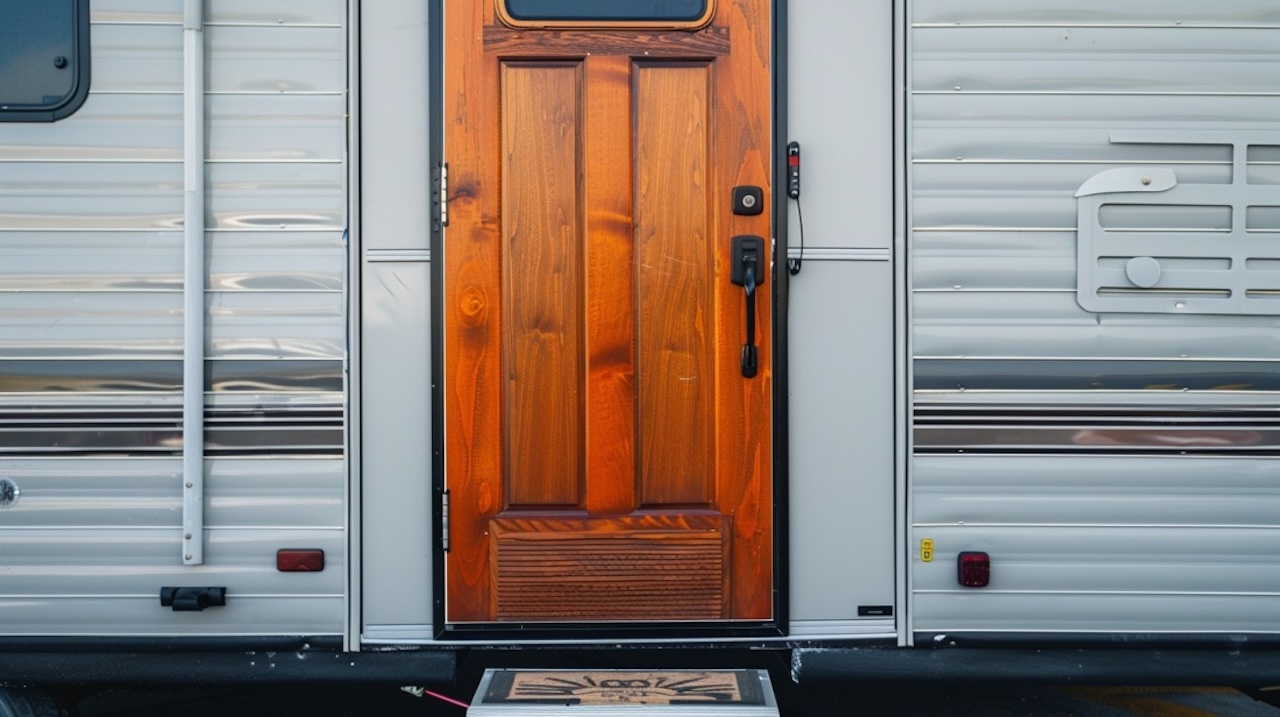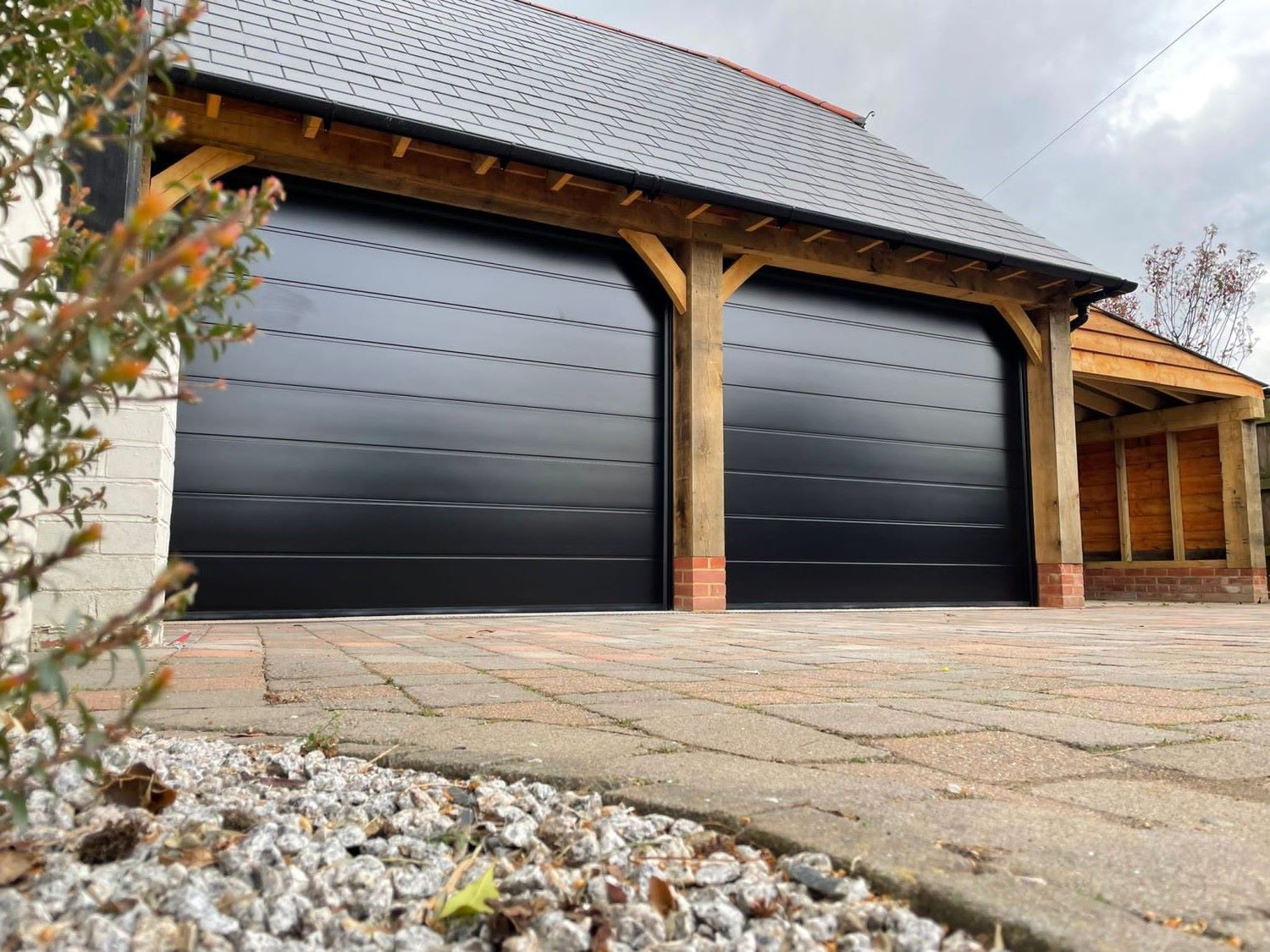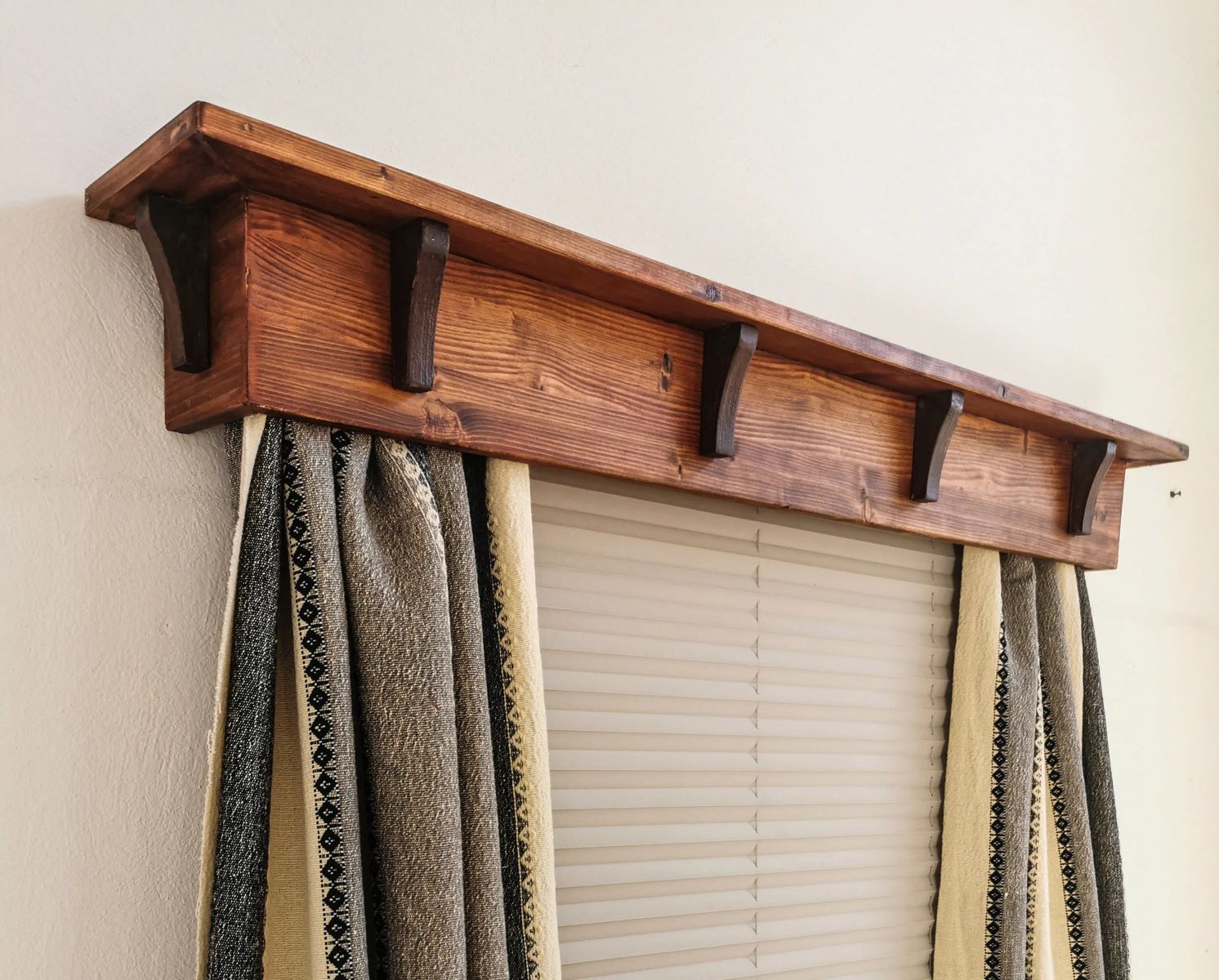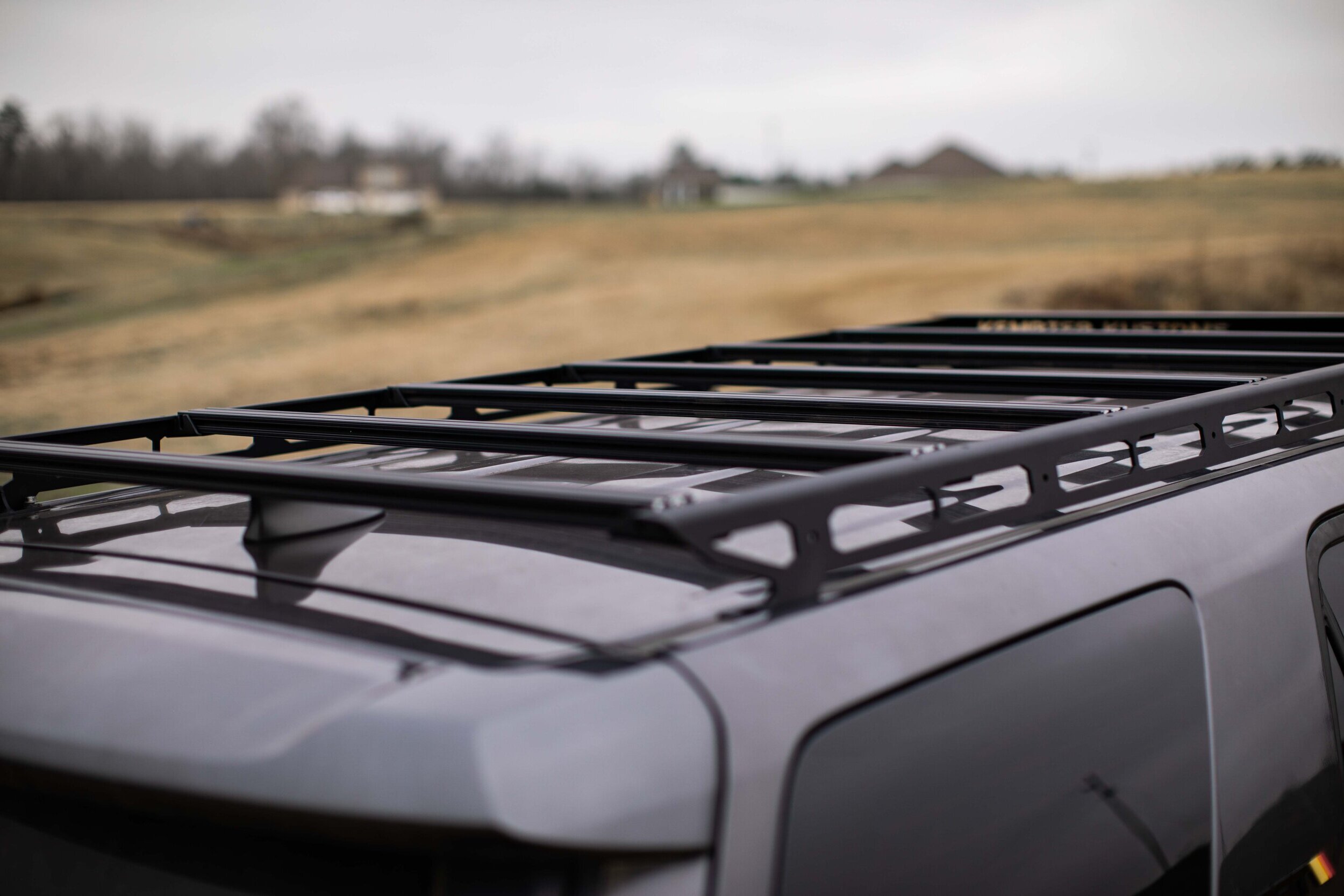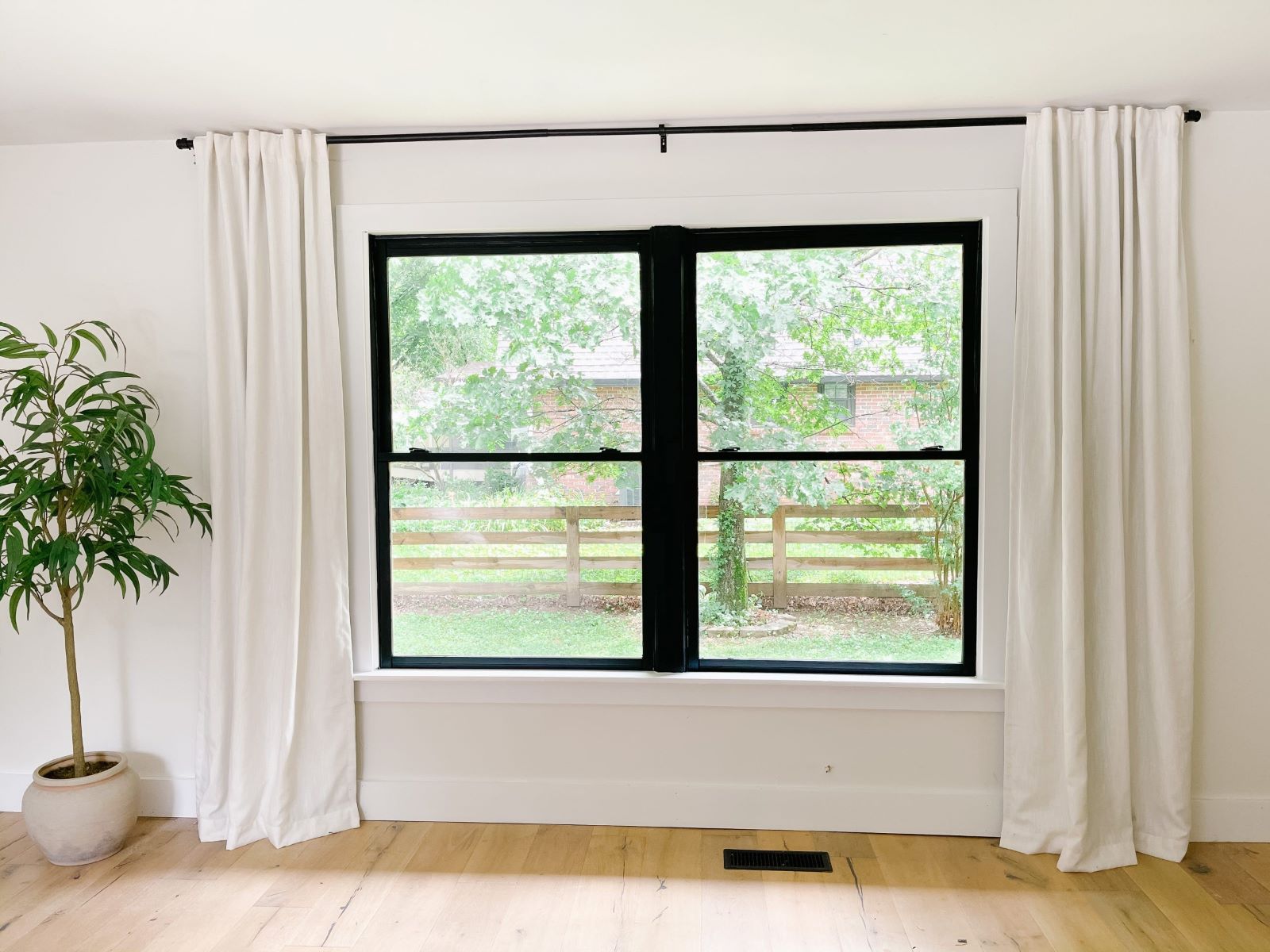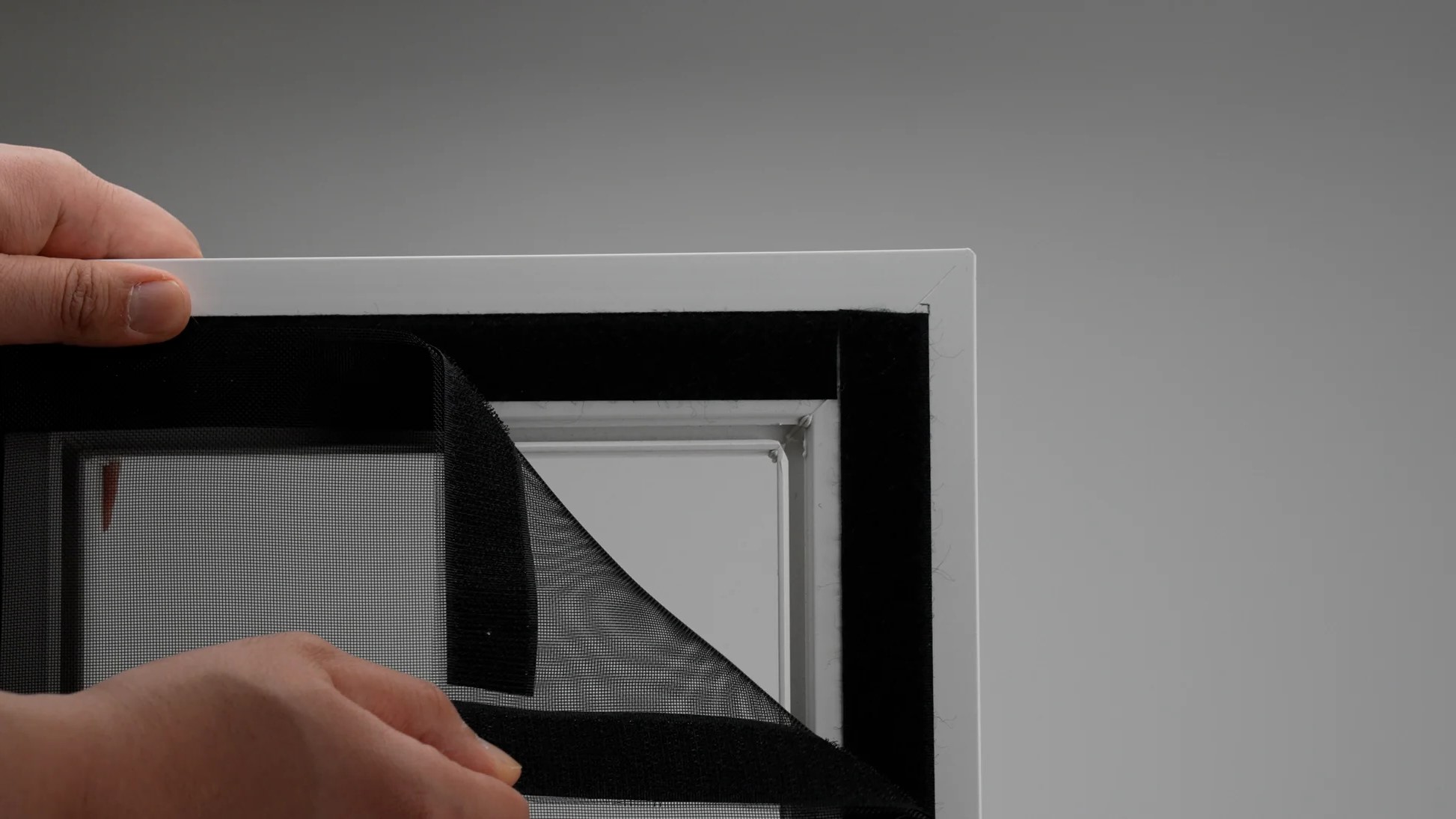Home>Create & Decorate>DIY & Crafts>How To Assemble A Trampoline
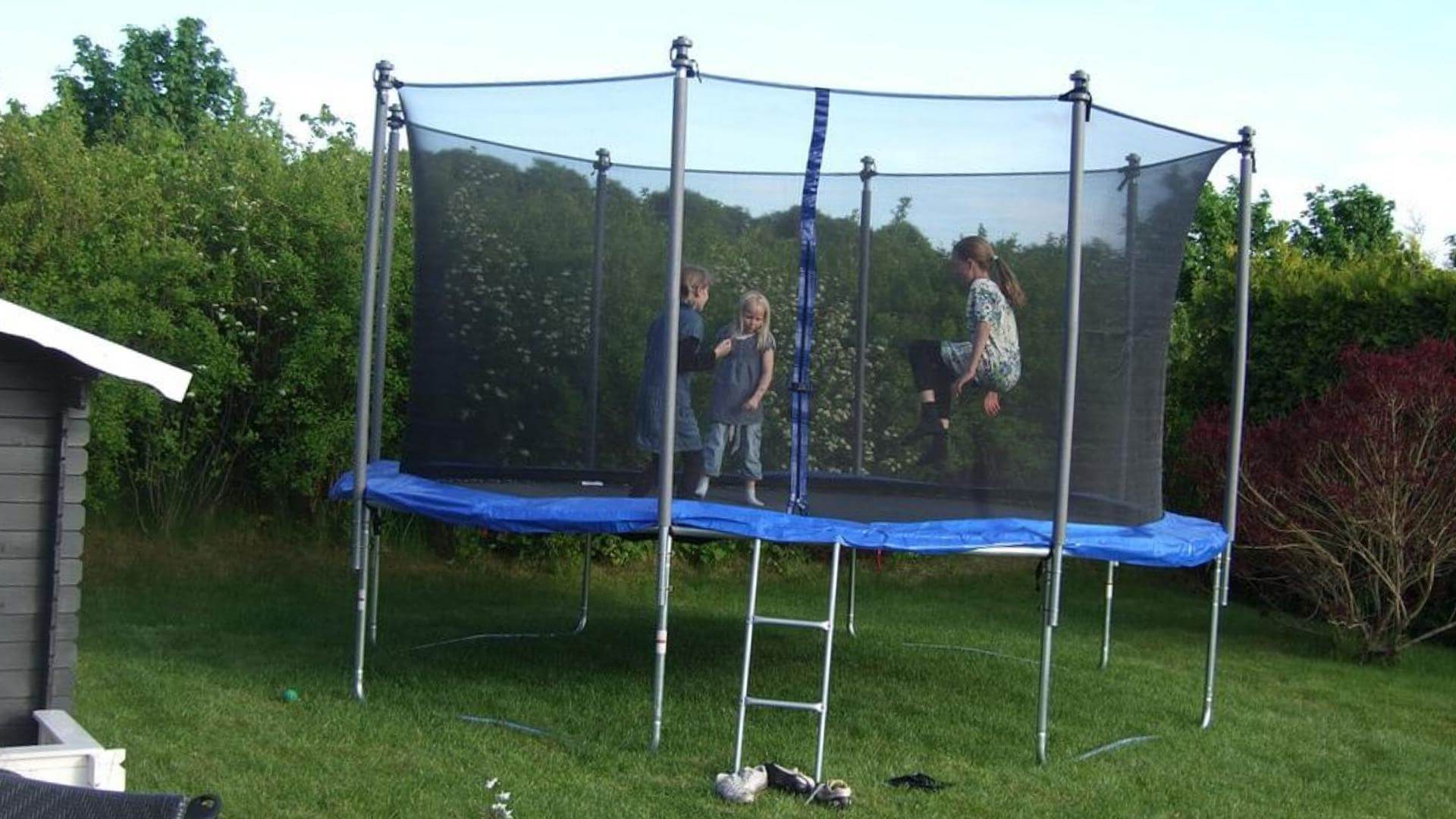

DIY & Crafts
How To Assemble A Trampoline
Published: May 2, 2024

Content Creator specializing in woodworking and interior transformations. Caegan's guides motivate readers to undertake their own projects, while his custom furniture adds a personal touch.
Learn how to assemble a trampoline with our step-by-step DIY guide. Get expert tips and tricks for a safe and successful project. Perfect for DIY & Crafts enthusiasts!
(Many of the links in this article redirect to a specific reviewed product. Your purchase of these products through affiliate links helps to generate commission for Twigandthistle.com, at no extra cost. Learn more)
Safety Precautions
Before you start assembling your trampoline, it's crucial to prioritize safety. Here are some essential safety precautions to keep in mind:
-
Read the Manual: Always start by thoroughly reading the manufacturer's assembly instructions. Each trampoline may have specific guidelines and safety measures that you need to follow.
-
Clear the Area: Ensure that the area where you plan to assemble the trampoline is clear of any obstacles, including overhead branches, electrical wires, or other potential hazards.
-
Use Protective Gear: Wear appropriate protective gear, such as gloves and safety goggles, to prevent any injuries during the assembly process.
-
Buddy Up: It's always a good idea to have a helping hand during the assembly. Having someone assist you can make the process smoother and safer.
-
Check for Damages: Before starting the assembly, inspect all the parts of the trampoline to ensure that there are no damages or missing components. If you notice any issues, contact the manufacturer before proceeding.
-
Weather Conditions: Avoid assembling the trampoline during windy or rainy conditions. Wait for a calm, dry day to ensure a safe and stable assembly process.
By following these safety precautions, you can ensure a secure and smooth assembly process for your trampoline.
Read more: How to Build Craftsman Window Trim
Tools and Equipment Needed
Before you start assembling your trampoline, it's essential to gather all the necessary tools and equipment. Here's a list of items you'll need to have on hand:
-
Socket Wrench: A socket wrench will be essential for tightening bolts and nuts during the assembly process.
-
Rubber Mallet: A rubber mallet will come in handy for gently tapping the frame and other components into place without causing damage.
-
Screwdriver: Depending on the trampoline model, you may need a screwdriver to secure certain parts.
-
Spring Pulling Tool: This specialized tool will make it easier to attach the springs to the frame and mat.
-
Ladder: A ladder will be necessary for reaching higher areas of the trampoline during assembly.
-
Protective Gloves and Goggles: Ensure you have protective gloves and goggles to safeguard your hands and eyes during the assembly process.
-
Level: Using a level will help ensure that the trampoline is set up on an even surface, which is crucial for stability and safety.
-
Tape Measure: A tape measure will be useful for ensuring precise measurements and alignment during assembly.
-
Assistance: While not a tool, having a second person to assist you during the assembly process can be incredibly helpful.
By having these tools and equipment ready, you'll be well-prepared to tackle the trampoline assembly with ease and efficiency.
Step 1: Setting Up the Frame
-
Lay Out the Parts: Start by laying out all the frame parts in the designated assembly area. Ensure that the pieces are organized and easily accessible.
-
Connect the Frame Sections: Begin by connecting the frame sections according to the manufacturer's instructions. Use the provided bolts and nuts to secure the frame pieces together. A socket wrench will be handy for tightening the bolts.
-
Check for Alignment: As you assemble the frame, periodically check for alignment and ensure that the frame is coming together evenly. Use a level to confirm that the frame is sitting on a flat and even surface.
-
Attach the Legs: Once the main frame is assembled, attach the legs to the frame. Ensure that the legs are securely fastened and that the frame is stable.
-
Tighten the Connections: After all the frame sections and legs are in place, go back and double-check all the connections. Ensure that all bolts and nuts are securely tightened to provide a stable foundation for the trampoline.
By following these steps, you'll have the frame of your trampoline set up and ready for the next stage of assembly.
Step 2: Attaching the Springs
-
Position the Mat: Lay the trampoline mat evenly over the frame, ensuring that it is aligned correctly and securely in place.
-
Identify Attachment Points: Locate the attachment points on the trampoline frame where the springs will be connected. These attachment points are typically evenly spaced around the frame.
-
Attach the First Spring: Starting at one attachment point, hook the end of a spring onto the designated hole on the frame. Use a spring pulling tool to extend the spring and attach it to the corresponding hole on the trampoline mat. This process may require some force, so ensure that the spring is securely attached to both the frame and the mat.
-
Continue Attaching the Springs: Work your way around the trampoline, attaching the remaining springs in a consistent and even manner. This will help ensure that the tension is distributed evenly across the mat.
-
Check for Proper Tension: Once all the springs are attached, check to ensure that the mat is evenly tensioned. The mat should be taut and free of any sagging or loose areas. Adjust the springs as needed to achieve proper tension.
-
Double-Check Attachments: After attaching all the springs, double-check each connection to ensure that the springs are securely fastened to both the frame and the mat. This step is crucial for the overall safety and stability of the trampoline.
By following these detailed steps, you can effectively attach the springs to your trampoline, setting the stage for the next phase of assembly.
Step 3: Installing the Mat
-
Position the Mat: Lay the trampoline mat evenly over the frame, ensuring that it is aligned correctly and securely in place.
-
Secure the Mat: Once the mat is positioned, ensure that it is securely attached to the frame. Some trampolines may have a system of hooks or straps that fasten the mat to the frame, while others may require threading the mat through designated openings along the frame's edge.
-
Check for Proper Alignment: As you secure the mat, ensure that it is evenly positioned and free of any wrinkles or bunching. A properly aligned mat is essential for safe and enjoyable trampoline use.
-
Inspect the Mat: Before proceeding to the next step, inspect the mat for any signs of damage or wear. Ensure that there are no tears, holes, or weakened areas that could compromise the safety and integrity of the trampoline.
-
Tension Adjustment: If your trampoline allows for tension adjustment, ensure that the mat is appropriately tensioned. A well-tensioned mat contributes to the overall performance and safety of the trampoline.
By following these detailed steps, you can effectively install the mat on your trampoline, bringing you one step closer to completing the assembly process.
Read more: How to Build a DIY Kitchen Sink Base
Step 4: Attaching the Enclosure Net
-
Unpack the Enclosure Net: Begin by unpacking the enclosure net and ensuring that all the necessary components, such as poles, netting, and attachment hardware, are present and in good condition.
-
Assemble the Poles: If the enclosure net requires assembling the poles, follow the manufacturer's instructions to put the poles together. This may involve inserting the poles into each other to create the desired height for the enclosure.
-
Position the Poles: With the help of a second person, position the assembled poles around the perimeter of the trampoline. Ensure that the poles are evenly spaced and aligned with the designated attachment points on the trampoline frame.
-
Attach the Netting to the Poles: Starting at one pole, begin attaching the netting to the poles using the provided attachment mechanisms, such as clips or straps. Work your way around the trampoline, securing the netting to each pole as you go.
-
Ensure Proper Tension: As you attach the netting, ensure that it is evenly tensioned and free of any slack or sagging. Proper tension is essential for the effectiveness of the enclosure net in containing users within the trampoline area.
-
Secure the Bottom of the Net: Once the netting is attached to the poles, secure the bottom of the net to the trampoline frame or designated anchor points. This will prevent any gaps that could compromise the safety of the enclosure.
-
Double-Check Attachments: After attaching the netting, double-check each connection to ensure that the net is securely fastened to the poles and the trampoline frame. This step is crucial for the overall safety and stability of the enclosure net.
By following these detailed steps, you can effectively attach the enclosure net to your trampoline, providing an added layer of safety for users.
Step 5: Final Safety Check
-
Frame Stability: Ensure that all frame connections are secure and that the trampoline sits evenly on the ground without wobbling or tilting.
-
Spring Inspection: Double-check that all springs are properly attached and under the correct tension. Look for any signs of wear, damage, or rust on the springs.
-
Mat Condition: Inspect the trampoline mat for any tears, holes, or excessive wear. Ensure that the mat is securely fastened to the frame and free of any wrinkles or bunching.
-
Enclosure Net: Verify that the enclosure net is securely attached to the poles and the trampoline frame. Check for any tears or gaps in the netting that could compromise safety.
-
Padding and Coverings: If your trampoline has protective padding or coverings, ensure that they are in good condition and securely in place, providing adequate protection for users.
-
Overall Area Inspection: Clear the surrounding area of any potential hazards, such as sharp objects, debris, or tripping hazards. Ensure that the trampoline is placed on a level surface.
-
Weight Limit: Familiarize yourself with the trampoline's weight limit and ensure that it is not exceeded during use.
-
Review Safety Guidelines: Take a moment to review and communicate safety guidelines to all potential users, emphasizing proper trampoline usage and behavior.
By conducting a thorough final safety check, you can ensure that your trampoline is assembled correctly and ready for safe and enjoyable use.


